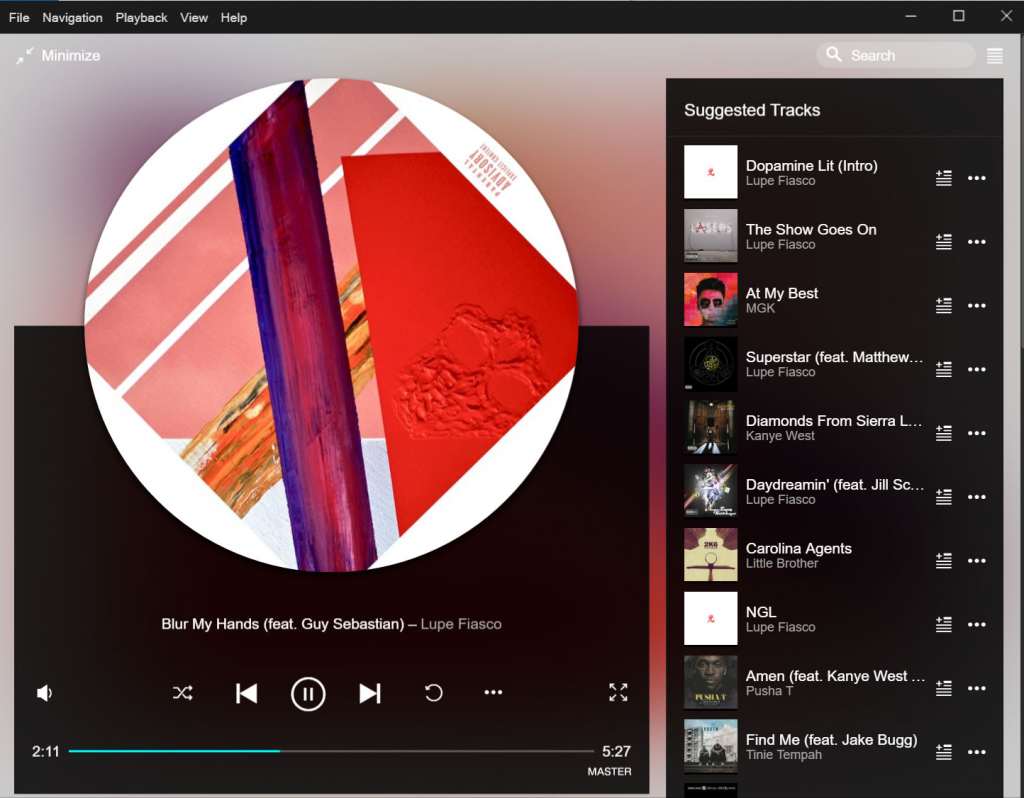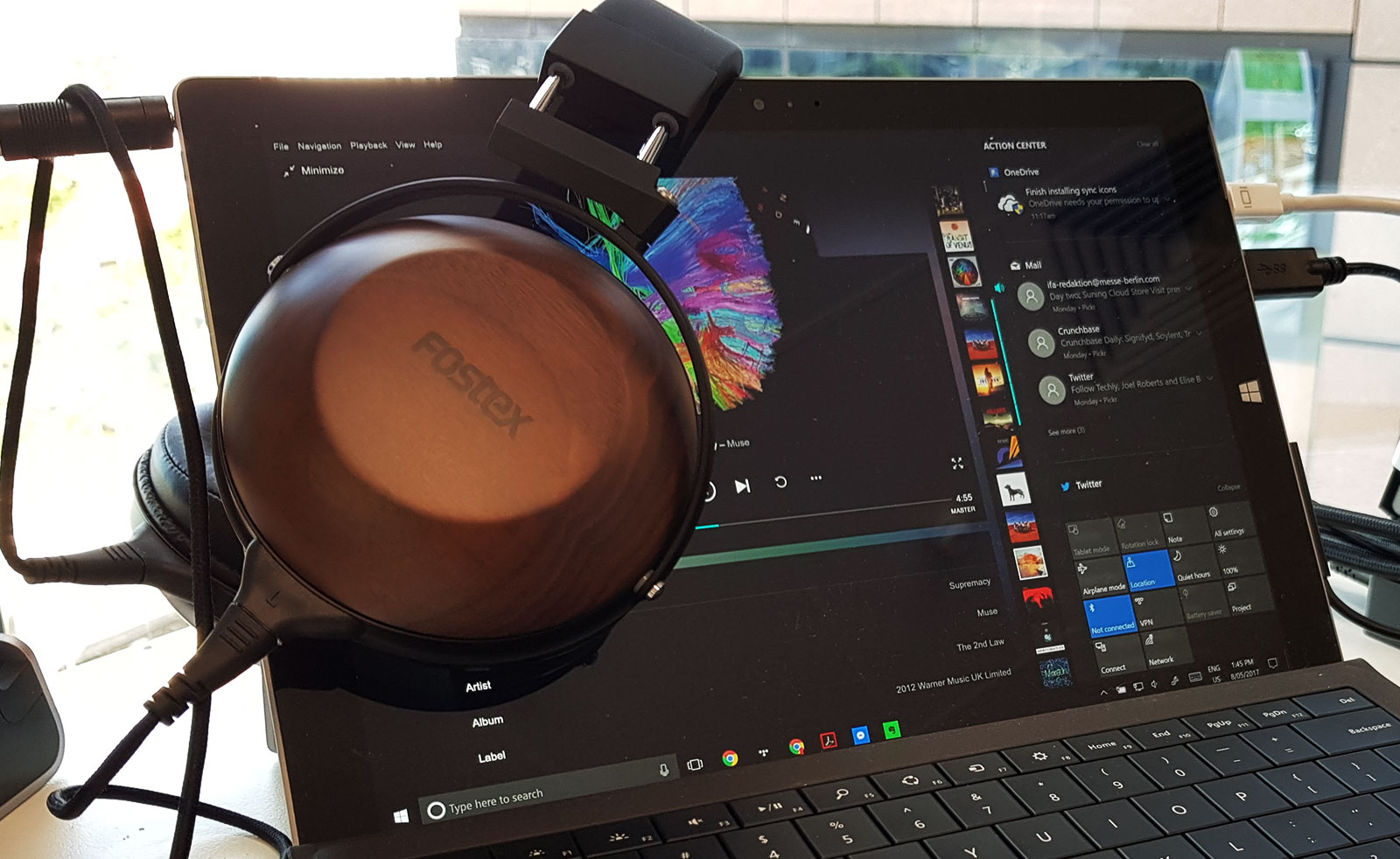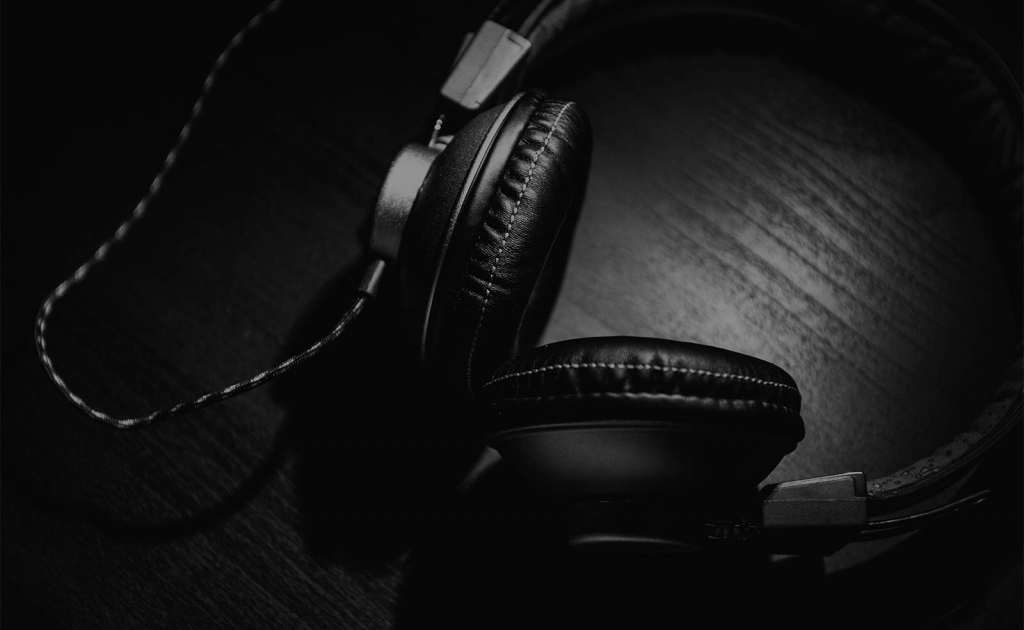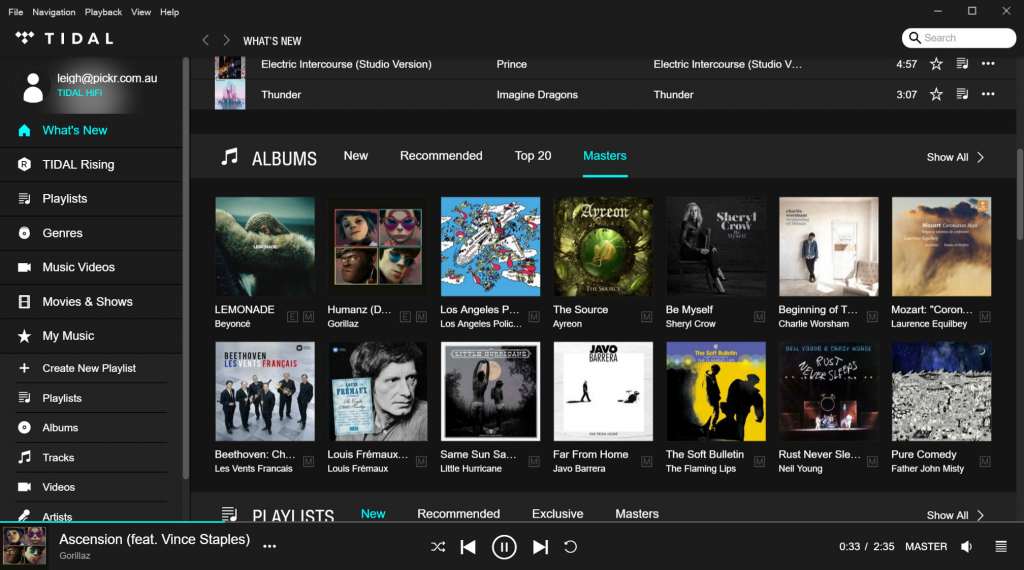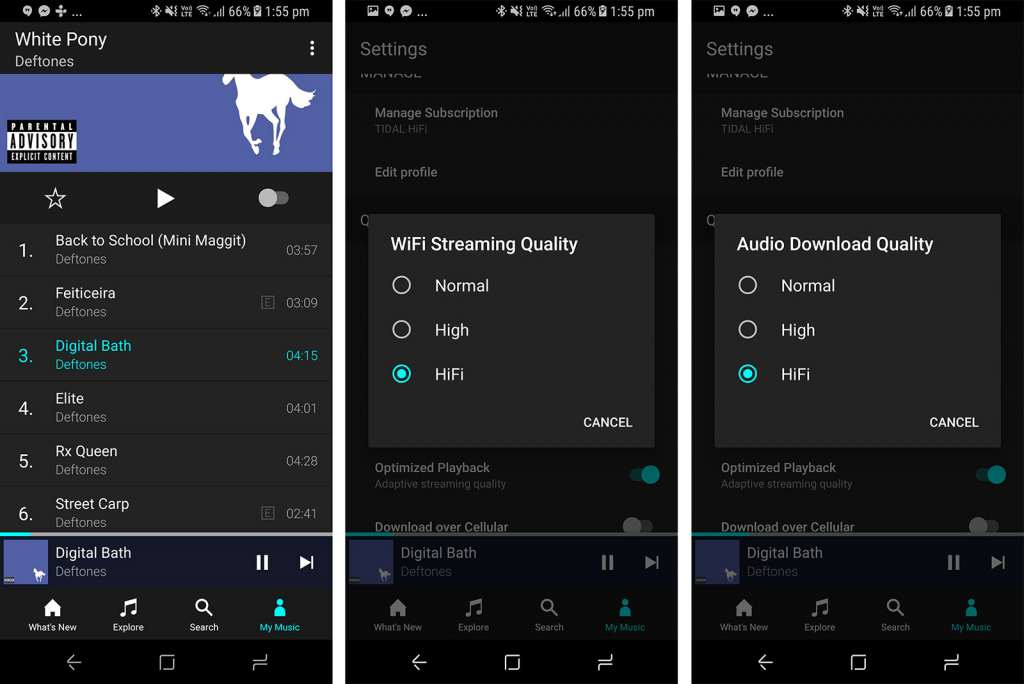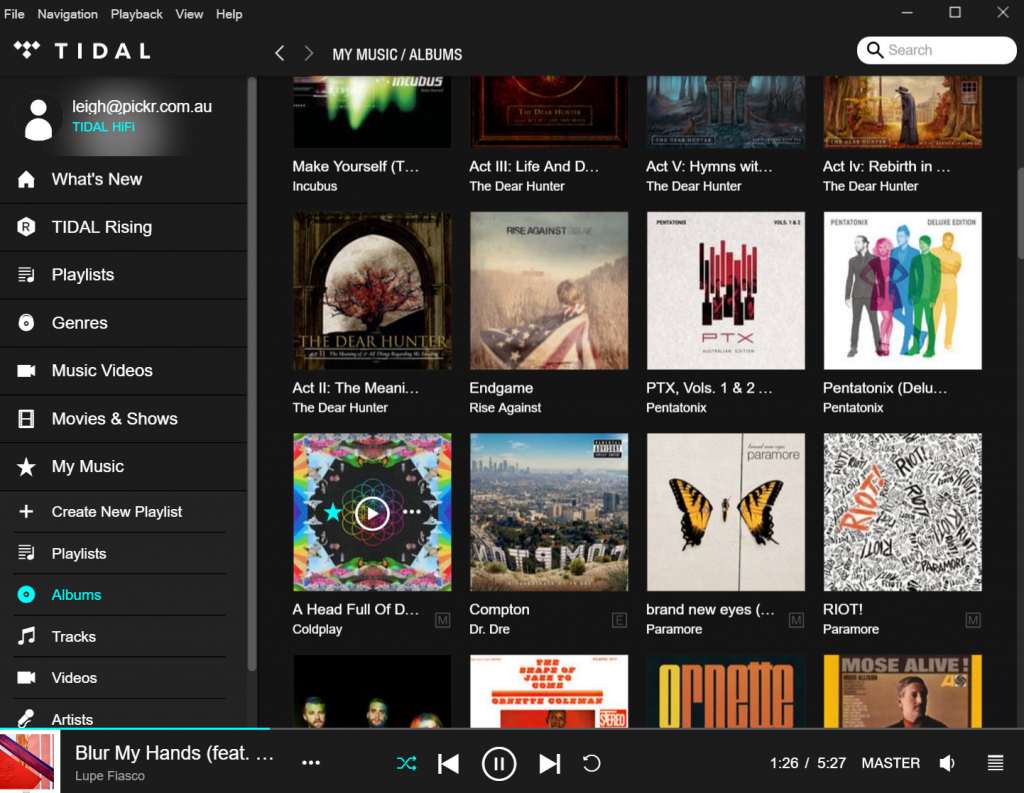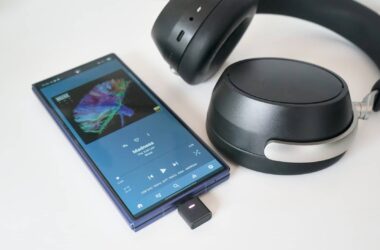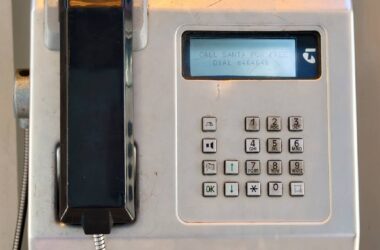Quick review
The good
The not-so-good
Australians don’t have the most amazing assortment of sources for high-res audio, but we have access to at least one service that makes it possible to get the best quality audio you can find, and for a monthly price.
The high-res dilemma
The challenge of making the most of great headphones and speakers stems from great source material, and that’s where high resolution audio comes into play. Often seen as digital vinyl, it essentially provides the master quality-like experience that its warmer plastic rendition creates, only in a form that can either be carried with in a portable device, stored in digital files, and even streamed over the air.
In the audio world, high resolution audio has a rather odd place, because while many open it with welcome arms in a sort of “hurrah, finally we have something that is vinyl’s equivalent in the digital revolution”, others see it as irrelevant, simply because a higher resolution doesn’t necessarily mean more quality, and even if it does, our ears may not be able to hear it.
Indeed, comparing a great quality lossless track in 16-bit MP3 or M4A tested against a lossless 24-bit high-resolution track won’t always result in a mind-blowing “I’d choose the 24-bit version over the 16-bit version”, because many of us just can’t hear the difference. Technically, the 24-bit version should have more depth and instrumentation, and should be closer to what was captured and heard in the recording and mastering studios than what was purchased either on CD or from an online provider like iTunes.
And there are a whole bunch of factors that connect with this, such as playback device, headphone or speaker quality, format quality, and so on and so on and so on.
It is therefore quite easy to see why high-res audio can be so problematic, particularly since quite a few people argue that we shouldn’t be able to hear the quality difference as a physiological issue.
However, the argument this reviewer and technology journalist has always made (not to mention big music and sound fan) is that the best quality is always the best quality, so regardless of whether you or he or anyone can actually hear the difference between 16- and 24-bit, the best quality will always help, especially if that’s what you’re trying to hear.
Unfortunately, bundling up the best quality isn’t always easy, and with lossless files generally being much larger than their lossy MP3 and M4A equivalents, it isn’t always easy to take these out with you. Some mobile devices help, and most flagship devices made by the likes of Samsung, Sony, LG, and HTC now bundle in support for lossless audio — and you can always buy media players from the Google Play Store — though iPhone is one of the devices where lossless isn’t bundled in and requires a separate app.
Even if you do have the right player, the biggest problem can be sourcing the material, and in Australia, this is made even harder by a seeming reluctance from the music industry to actually make tracks available locally. It doesn’t seem to matter if an album is technically available in lossless in another country, record labels seem intent on blocking the same access off to individuals in another, even though the same album can be found in lossy locally.
That means you might find an album you want to buy in MP3 in Australia, but you may also find the lossless FLAC and higher-resolution equivalent not available for purchase based on where you live, an astounding fact given both are the same recording just saved in different definitions.
This problem is further hindered by a lack of places to buy said source material, and so living in Australia and being someone who wants to listen to high-resolution audio can often leave you feeling a little hamstrung, left to listen only at home where the record player is.
And then we heard that Jay Z’s music service “Tidal” was doing something a little different.
Features
Another one of the many music streaming solutions, Tidal is a little like Spotify and yet also a little more refined.
Started in Sweden and originally connected with another media server WiMP, Tidal rose to fame when recording artist Jay Z announced he was connected with it, and when he started bringing exclusive artists to the service, making some of the releases only available on Tidal, at least for their initial releases.
For the most part, Tidal comes across as another Spotify, another Google Play Music, another Apple Music, and so on and so on.
Offering access to 46 million songs in the all-you-can-hear design that made the other players famous, it’s basically a catalogue albums and playlists in lossy available for streaming and downloadable to an app.
More than that, however, Tidal also offers a more expensive subscription to let you play your music in either “HiFi” — which is what Tidal basically calls the 16-bit CD rip — as well as a higher bit-rate “Master” file, as Tidal slowly adds 24-bit audio files to its service.
This service adds another $12 monthly to the cost, with Tidal Premium giving you the standard plan (there is no standard Tidal, as “Tidal Premium” is that plan) for $11.99 AUD per month, while Tidal HiFi hits a price tag of $23.99 per month for the same features as Tidal Premium as well as access to HiFi sound and master-quality audio if the format exists on the system.
Performance and delivery
With a 30 day trial available for the master service, we figured why not, let’s give it a go, because it’s not like you can find high-res audio in abundance in Australia as it is, and while 7Digital’s equivalent service of ZDigital in Australia is slowly growing its 24-bit library, it doesn’t make finding it easy, meaning we’re left trying to work out which record label will let us buy what locally, and the answer isn’t amazing, truth be told.
Tidal, on the other hand, makes things a little easier by showing the “Masters” quite easily when you log in on the desktop app, with these offering what appears to be the selection of streamable master quality files you an listen to.
While the catalog needs a little work and definitely needs more titles — as there are albums that are missing, including Miles Davis’ “Kind of Blue” and Nirvana’s “Nevermind” — Tidal has nailed some of the areas few are likely thinking of.
You’ll find a lot of pop, rock, some R&B, jazz, and classical; there’s a lot there that should satisfy most, and there always seems to be one album occupying the top album spot from Jay Z’s wife Beyonce.
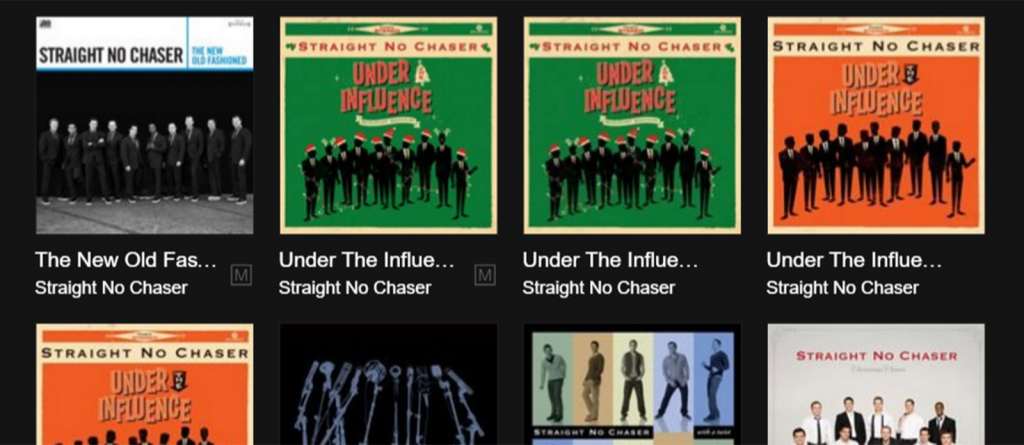
Perhaps most interestingly, the list of master albums found on Tidal isn’t actually found best through this interface, but rather through a Google spreadsheet found elsewhere online.
Maintained by fans, this is a proper index of the 24-bit albums you’re subscribing to Tidal HiFi for, something Tidal’s Masters link in its app should offer, and yet doesn’t. Specific master-quality playlists, sure, and a relatively decent catalogue, but not the everything you may expect to find.
For that, you can do a search yourself, and anything that has the “M” in a box offers a Master recording, while the “E” just signals the explicit recording.
Once you find an album you want to listen to, it’s just as simple as clicking the play button in the app, with the functionality responding a half a second later provided you’re connected online, since this is a streaming service after all.
Playback of the audio when you get is strong, and we appreciate the extra sense of control you can provide to Tidal’s desktop app able to take over the sound driver for your headphones or speakers and offer the best rendition possible, though we’d have like to know what we’re hearing.
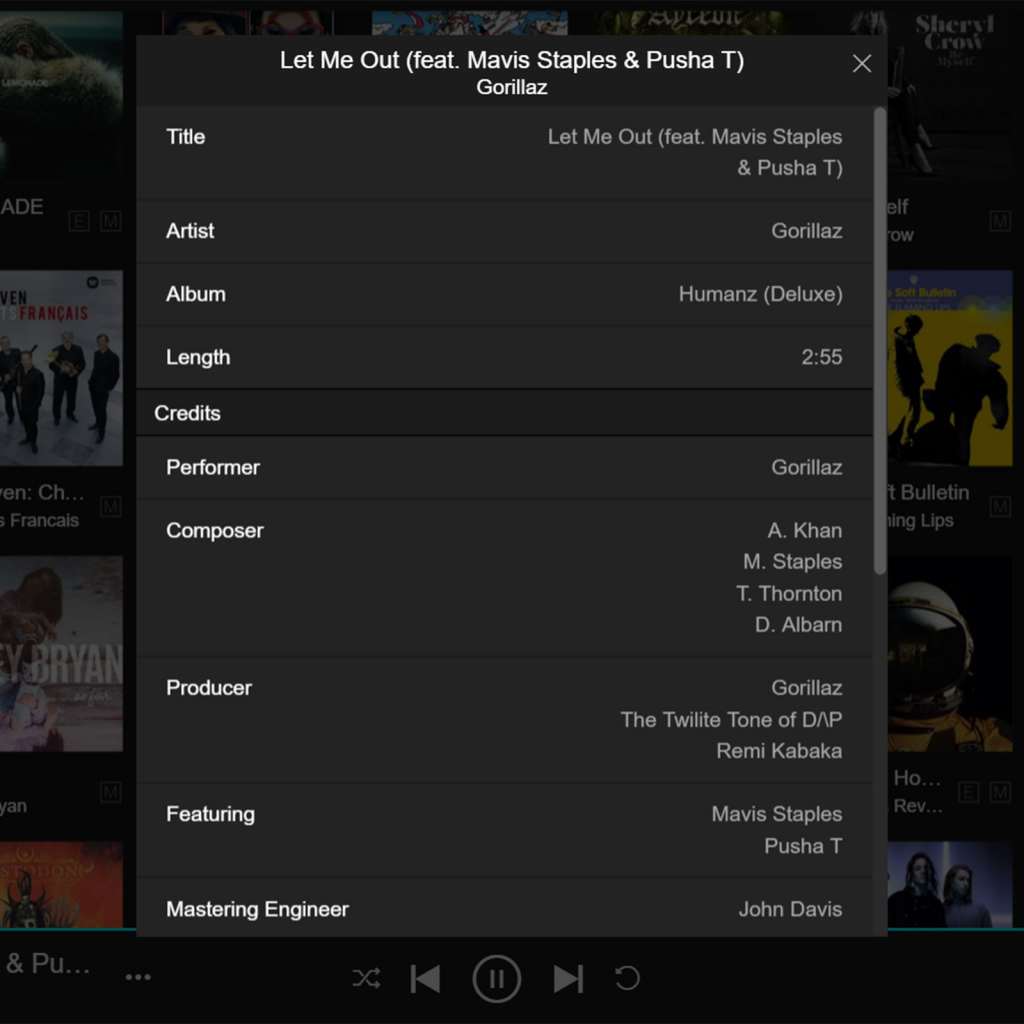
That means you might be listening at 24-bit in 44.1kHz or 24-bit 96kHz, or something else entirely, with no way of knowing at all, a rather odd omission for a service that bills itself as made for high-resolution listening.
Mobile compatibility
Even more curious is the fact that the 24-bit master quality audio isn’t available on mobile devices, surprising simply because 24-bit sound isn’t new to many mobile devices.
Indeed, Android offers quite a few mobile phones and dedicated Android-based mobile players that are built for 24-bit sound, and even though this should give Tidal ample opportunity to get its app playing the master quality files, Tidal doesn’t make the 24-bit portion of its service available on the mobile platforms.
Even though LG’s phones have supported 24-bit audio since the G2, and Samsung and Sony and HTC all have been running 24-bit audio in phones for a while now, not to mention the Android support in dedicated 24-bit audio players via Astell & Kern, Acoustic Research, Pioneer, and Sony, Tidal still does not let you stream or download in 24-bit.
In its place is the 16-bit lossless rip which Tidal calls “HiFi”, which is basically just a CD rip, but the 24-bit master-quality audio (MQA) you may be paying extra for is not to be found on the mobile. Just not at all.
Let’s not beat around the bush either: you are less likely to wear a big pair of high-def capable headphones with your smartphone. Whether it’s because the headphones are too unwieldy to be worn in public or the headphone jack executes in the larger 6.25mm format, you aren’t as likely to don a big pair of AudioQuest or Fostex and take your activity on the go. And even if you do, most wireless won’t really play back 24-bit sound, as the files can be just too big.
But smaller headphones that support 24-bit sound exist, and you don’t need to go wireless for the privilege. You can do this with a cable and the right hardware, and it all works out, like with the smaller Audeze planar magnetic models, not to mention a whole heap of others.
So we know 24-bit sound exists on a mobile, but Tidal HiFi isn’t supporting it, and that’s a little frustrating. That might be because Apple hasn’t rolled out 24-bit support on its phones, or it might be because Tidal doesn’t think it’s worth the development cost to roll it in.
Either way, no mobile support when you’re out and about is very frustrating, especially when you’re talking about a service that costs $24 per month.
Value
That makes the value difficult, because twice the price with limited access only on a desktop platform is severely complicated, especially when the catalogue indexing that service feels like it needs a lot better curation and more work overall.
We’ll be really direct here: there are albums that Tidal does not have that are available in high-resolution that it should definitely have.
We mentioned two artists that were missing in action earlier in this review simply because they are among the best and cleanest recordings that audiophiles still use for testing, and that’s not just because they’re great recordings, but great albums, too.
As such, no “Kind of Blue” by Miles Davis and no “Nevermind” from Nirvana paints a very interesting picture of the type of sourcing done for a high-resolution catalogue, and there are a lot of other missing albums that can be found in the HiFi CD rip, but not in the master quality audio when master files definitely exist.
Between the catalogue’s omissions and the lack of portability the premium service offers, Tidal HiFi makes it hard to justify the extra cost of subscription here, particularly since it’s double the cost for what is easily not double the service.
Final thoughts (TLDR)
Being an audiophile with a love for high-res sound isn’t easy in Australia, in a part of the world that sound product makers continue to release products designed for this technology, even if those who release the media do little to make it easily acquired.
As such, this makes Tidal HiFi tempting, even if the service still needs some work.
It’s clear Tidal HiFi offers something the other streaming services lack, with 24-bit sound at least on some devices, though we’d hardly called “PC and Mac” exhaustive, especially since you can’t take the good stuff, the stuff you’re paying extra for with you on the go.
For that reason, right now it’s hard to recommend Tidal HiFi unless you happen to have no problem living next to a pair of headphones or speakers connected to your computer.
If you don’t mind that and can handle the Tidal HiFi catalogue offering, go for your life. If neither suit, it’s time to bite the bullet and start buying high-res audio, because that may be your best option still.
